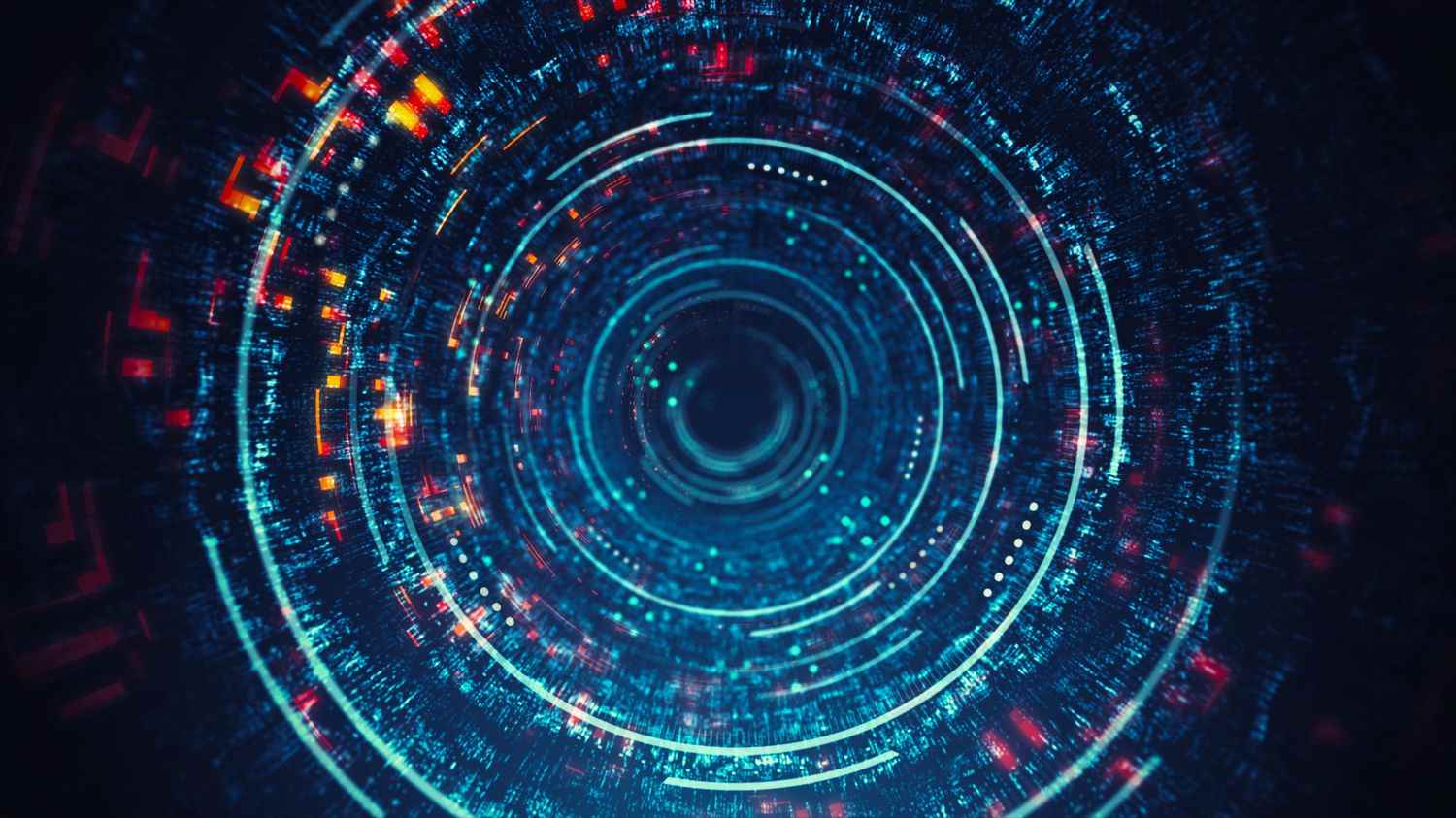Géraldine Zamansky, journalist for Health Magazine on France 5 is on France Info every Saturday. UA New Zealand study shows that artificial intelligence could reduce the number of caesareans and colonoscopies, and would make it possible to detect suspicious lesions.
franceinfo: Scientific publications this week illustrate the astonishing medical progress of “computers”?
Geraldine Zamansky: Absolutely. These programs were first designed to analyze a large number of still images. Mammograms for breast cancer screening, for example. Well this week, a New Zealand study shows that artificial intelligence could also spot anomalies on the wall of the colon despite its movements.
Because, during colonoscopy, general anesthesia does not immobilize the digestive tract. And the camera also moves to explore the interior of the colon. The doctor examines these images live on a screen. If there is a large growth, a polyp, it is easy to see. But a slight relief with a color barely different from the normal wall is less obvious.
New Zealand doctors have therefore tested a kind of software associated with the camera which also analyzes the live image. It detects and signals the slightest oddity close to one of the innumerable abnormal signs recorded in its artificial memory. Result: 9.4% more diagnoses of lesions that can turn into colorectal cancer. This would reduce the risk of developing this disease by 30% the following year.
And another study shows that these technologies could also be used for childbirth?
This time it is an American research coordinated by Pr Abimbola Famuyide, gynecologist-obstetrician at the famous Mayo Clinic. He told me how they really created an artificial intelligence by collecting more than 200,000 medical records from births. With, for each, hundreds of information concerning pregnancy, birth and its aftermath. Age of the mother, whether or not she already has children, weight at the start of pregnancy, blood pressure, etc.
Impossible to give you the whole list obviously. But the result is worth it. Professor Famuyide explained to me that the analysis of all the pathways made it possible to create an effective and individualized risk identification system for each woman. Upon arrival at the maternity ward and throughout childbirth. This is crucial if it is necessary to organize a transfer to a more specialized establishment, for example.
But can midwives and obstetrician-gynecologists make this assessment?
Sure. But there as here, there is a lack of personnel. So according to Professor Famuyide this type of artificial assistance could be very valuable in areas where expertise is scarce. This would reduce complications for mother and child. Because let’s not forget that a difficult childbirth can put them both in danger. It is therefore a question of ensuring as much as possible the smooth running of a happy event.
Links to these studies
Artificial intelligence improves adenoma detection rate during colonoscopy
Impact of Labor Characteristics on Maternal and Neonatal Outcomes of Childbirth: A Machine Learning Model
